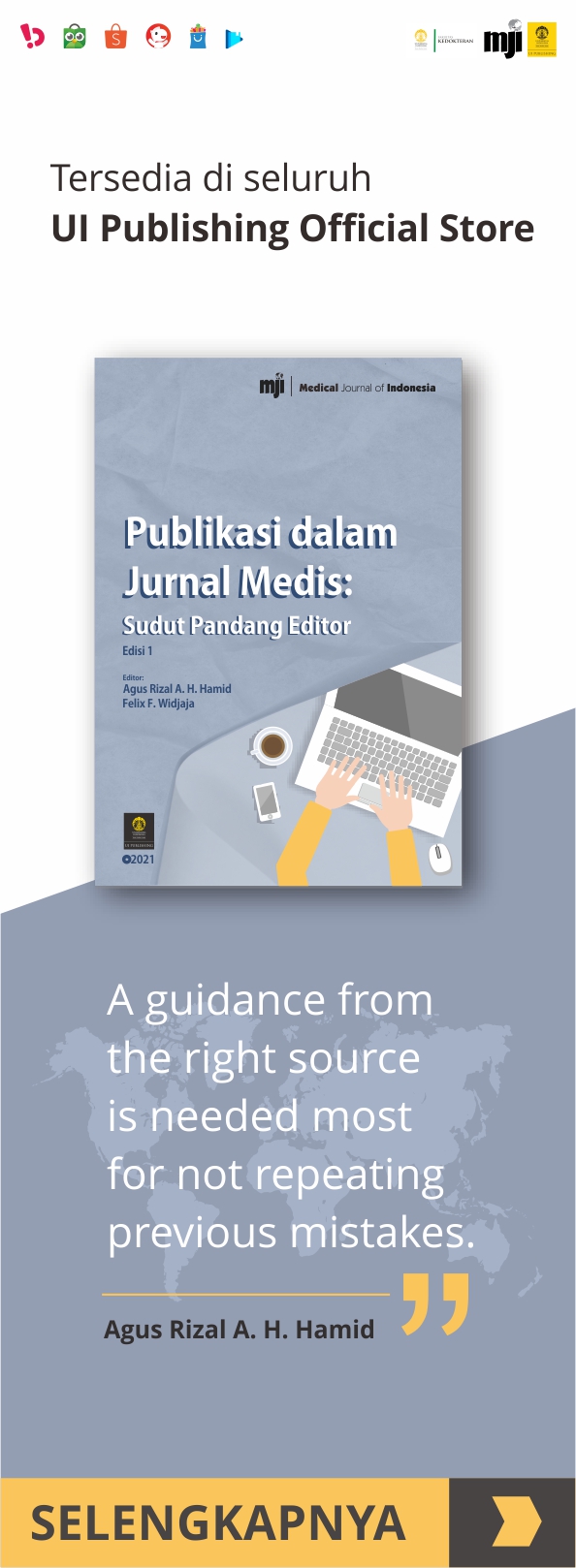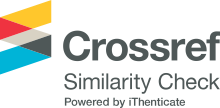Dietary plant food and socioeconomic determinants of vitamin A status : study in rural lactating woman during crisis in Central Java
DOI:
https://doi.org/10.13181/mji.v15i4.247Keywords:
Vitamin A intake, plant foods, animal foods, vitamin A status, homegardening, socio-economic status, crisis, IndonesiaAbstract
For the Longer term food-based approaches for controlling vitamin A deficiency and its consequences, become increasingly important. A nutrition survailance system in Central-Java, Indonesia assessed vitamin A intake and serum retinol concentration of lactating women with a child ≤36 mo old during crisis. Median vitamin A intake was 319 RE/d and night blindness 0,34%. Serum retinol concentration (mean : 1,23 µmol/L) was related to vitamin A intake in a dose-concentration manner. The multiple logistic regression model for predicting the chance for a serum retinol concentration > observed median of the population (≥1,27 µ mol/L) included determinant factors, vitamin A intake from plant foods (OR [95% CI] per quartile, 1st : 1.00, 2nd: 1,63 [0,99-2,80], 3rd: 1,99 [1,58-2,99], and 4th: 2,62 [1,68-4,04], from, animal foods (1st and 2nd: 1,00. 3rd: 1,37 [0,89-2,09] and 4th: 2,86 [1,59-3,98] ). Homegardening (no 1,00, yes 1,88 [1,08-2,68] ) and woman's education level (≤primary school : 1,00 ≥secondary school : 1,46 [1,00-2,16] ). Thus, although contributing 16 times more to total vitamin A intake plant foods were as important for vitamin A status as animal foods. Homegardening and woman's education level seem to reflect longer-term consumption of plant and animal foods respectively. (Med J Indones 2006; 15:259-66)
Downloads
Downloads
Published
How to Cite
Issue
Section
License
Authors who publish with Medical Journal of Indonesia agree to the following terms:
- Authors retain copyright and grant Medical Journal of Indonesia right of first publication with the work simultaneously licensed under a Creative Commons Attribution-NonCommercial License that allows others to remix, adapt, build upon the work non-commercially with an acknowledgment of the work’s authorship and initial publication in Medical Journal of Indonesia.
- Authors are permitted to copy and redistribute the journal's published version of the work non-commercially (e.g., post it to an institutional repository or publish it in a book), with an acknowledgment of its initial publication in Medical Journal of Indonesia.





































